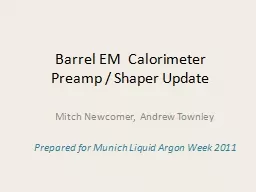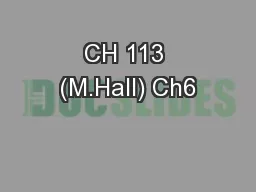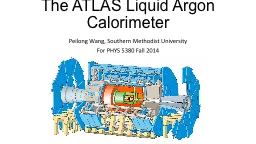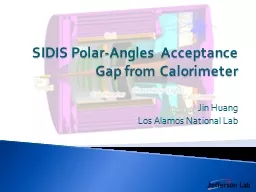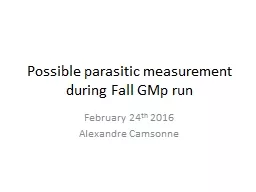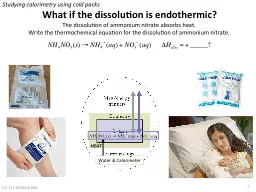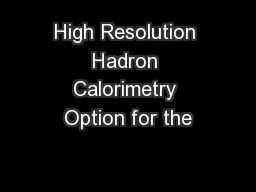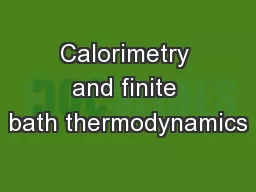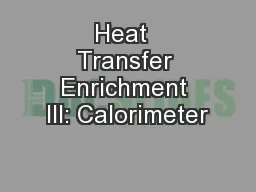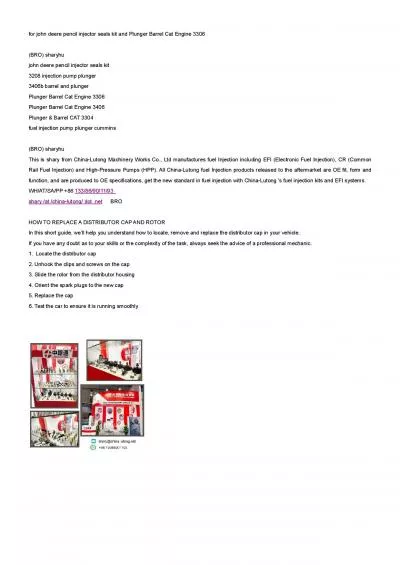PPT-Barrel EM Calorimeter
Author : calandra-battersby | Published Date : 2016-06-20
Preamp Shaper Update Mitch Newcomer Andrew Townley Prepared for Munich Liquid Argon Week 2011 Status April 2011 Installed IHPs Cadence IC6 design tools Some issues
Presentation Embed Code
Download Presentation
Download Presentation The PPT/PDF document "Barrel EM Calorimeter" is the property of its rightful owner. Permission is granted to download and print the materials on this website for personal, non-commercial use only, and to display it on your personal computer provided you do not modify the materials and that you retain all copyright notices contained in the materials. By downloading content from our website, you accept the terms of this agreement.
Barrel EM Calorimeter: Transcript
Download Rules Of Document
"Barrel EM Calorimeter"The content belongs to its owner. You may download and print it for personal use, without modification, and keep all copyright notices. By downloading, you agree to these terms.
Related Documents

